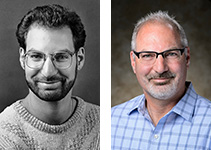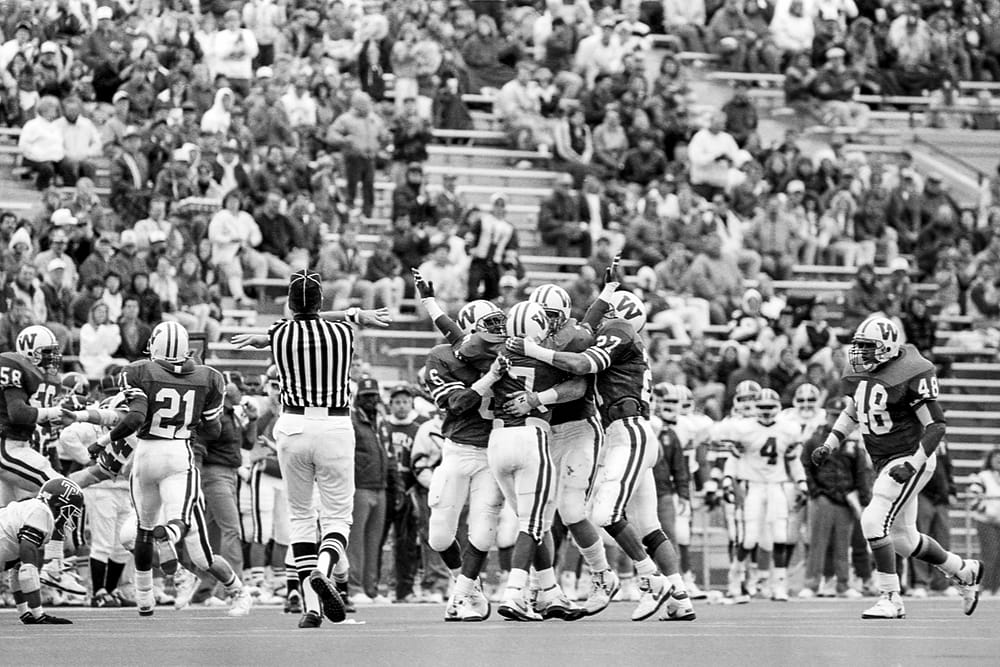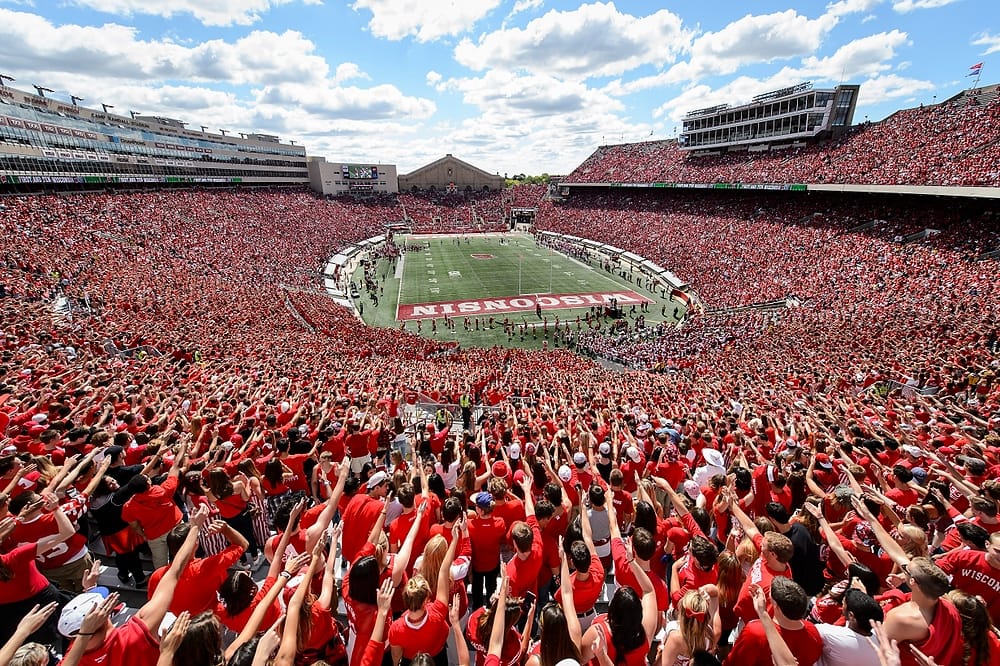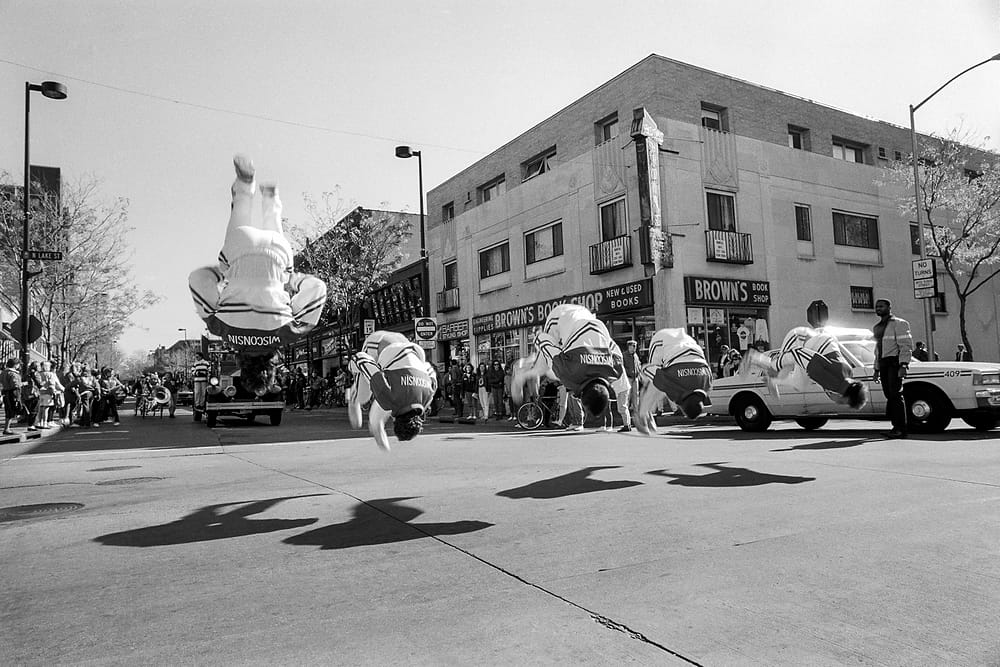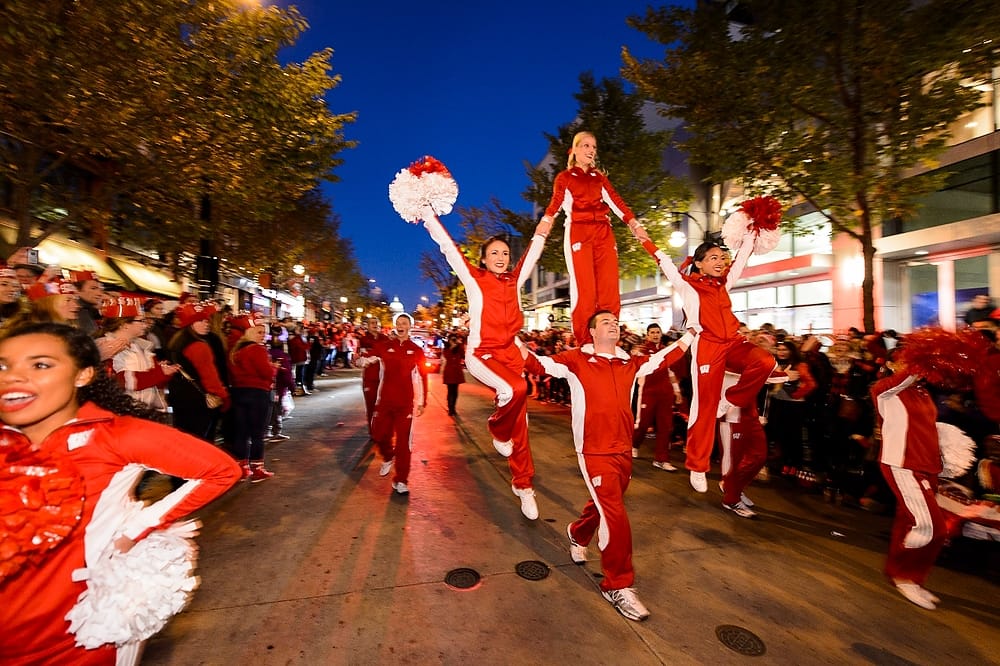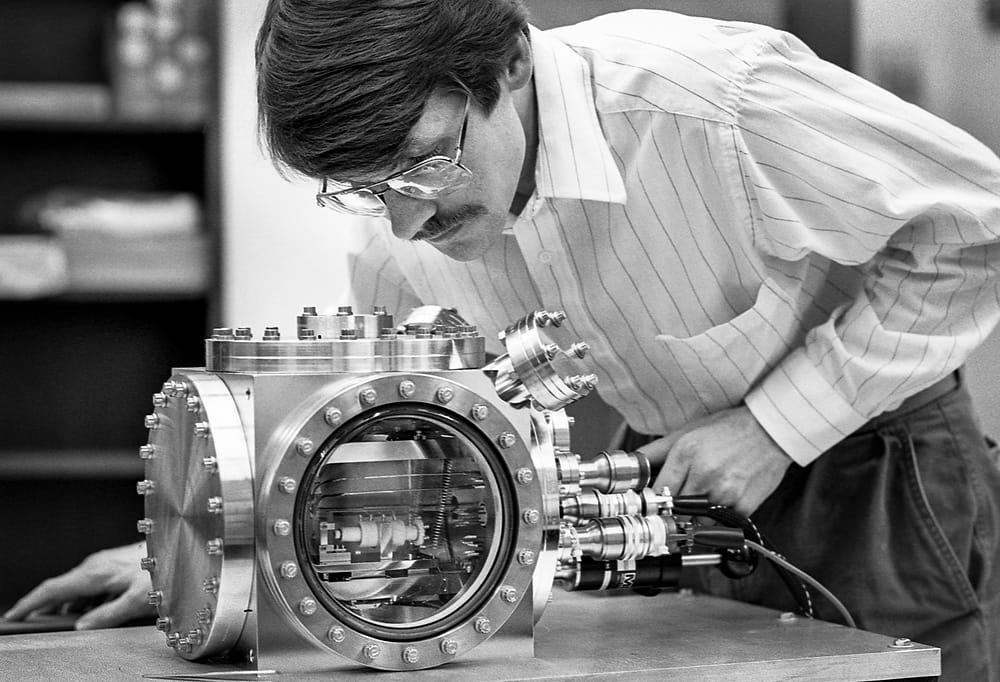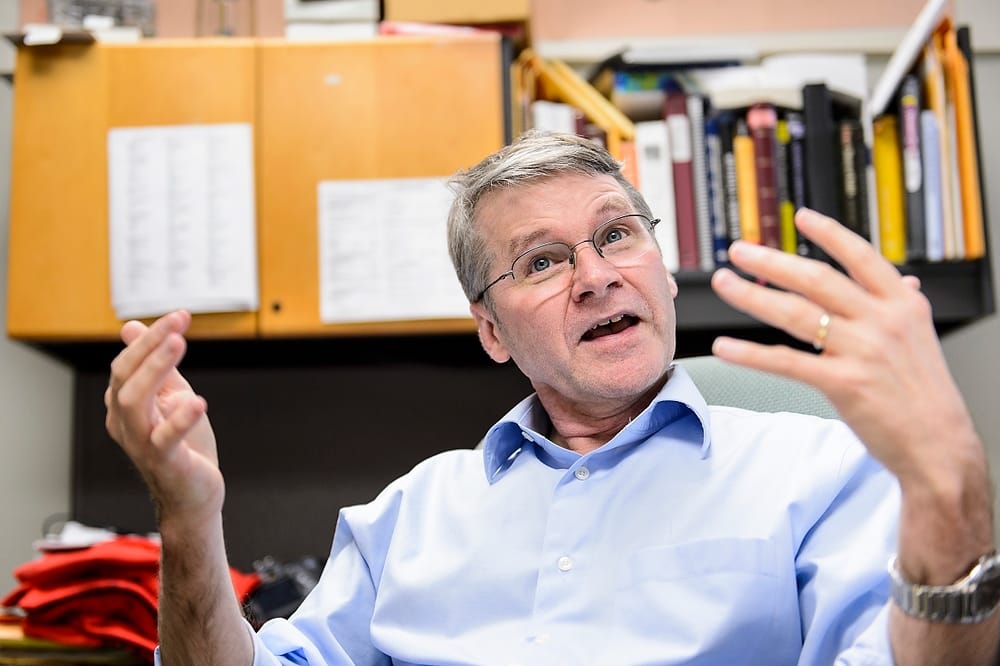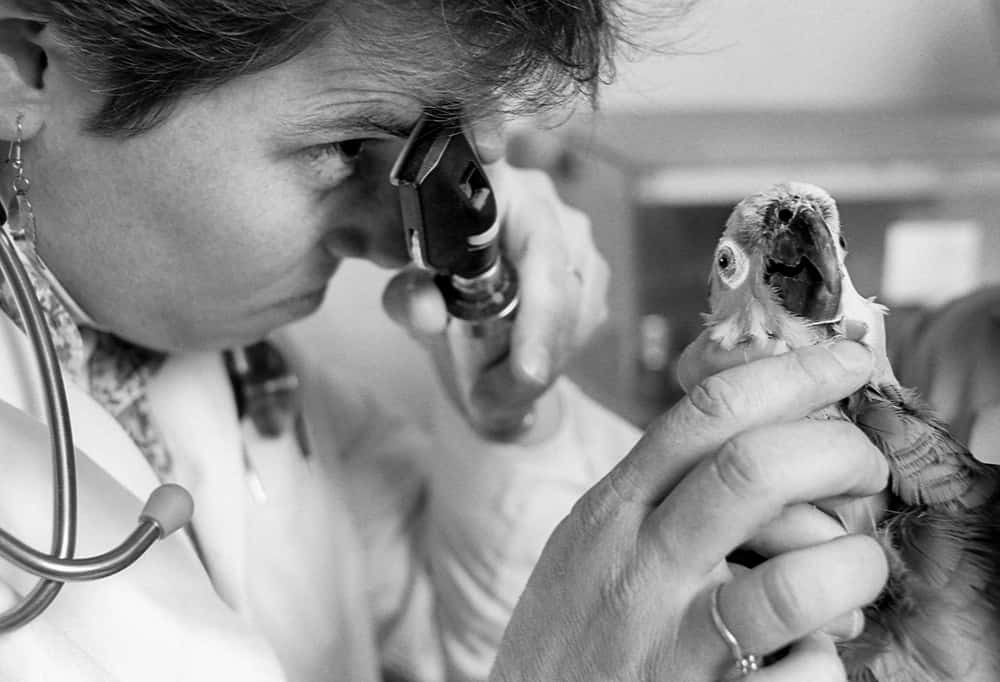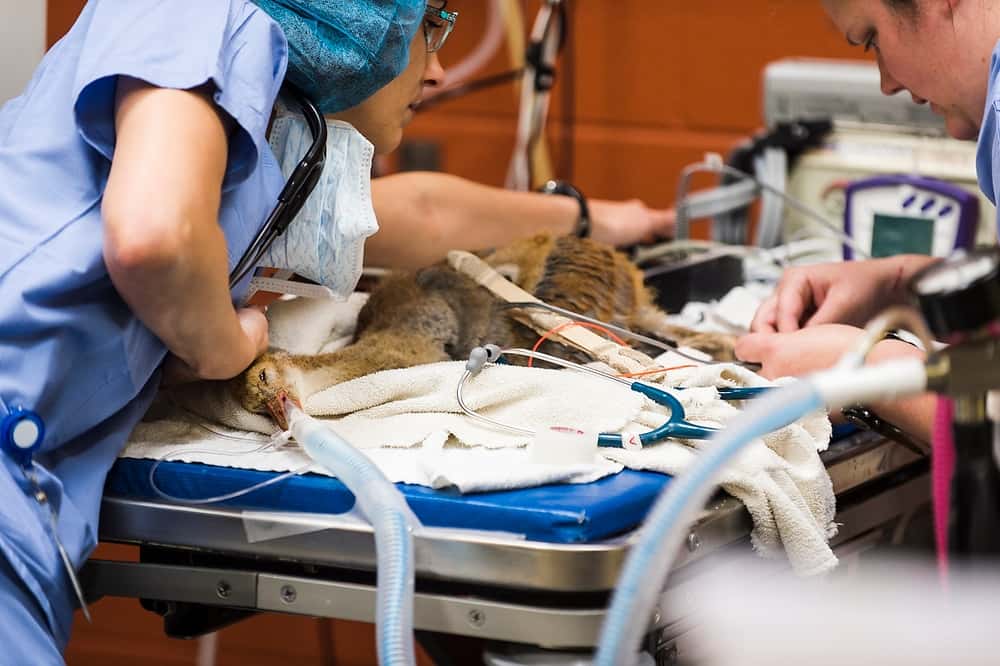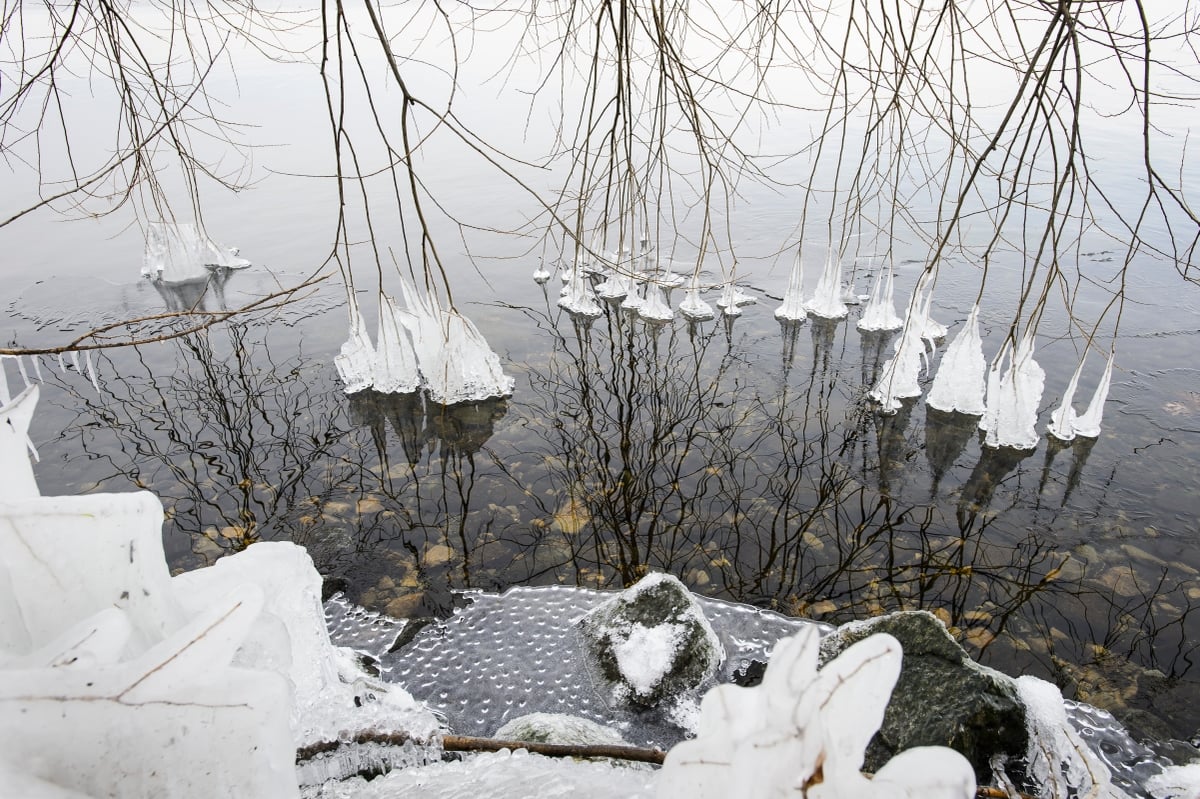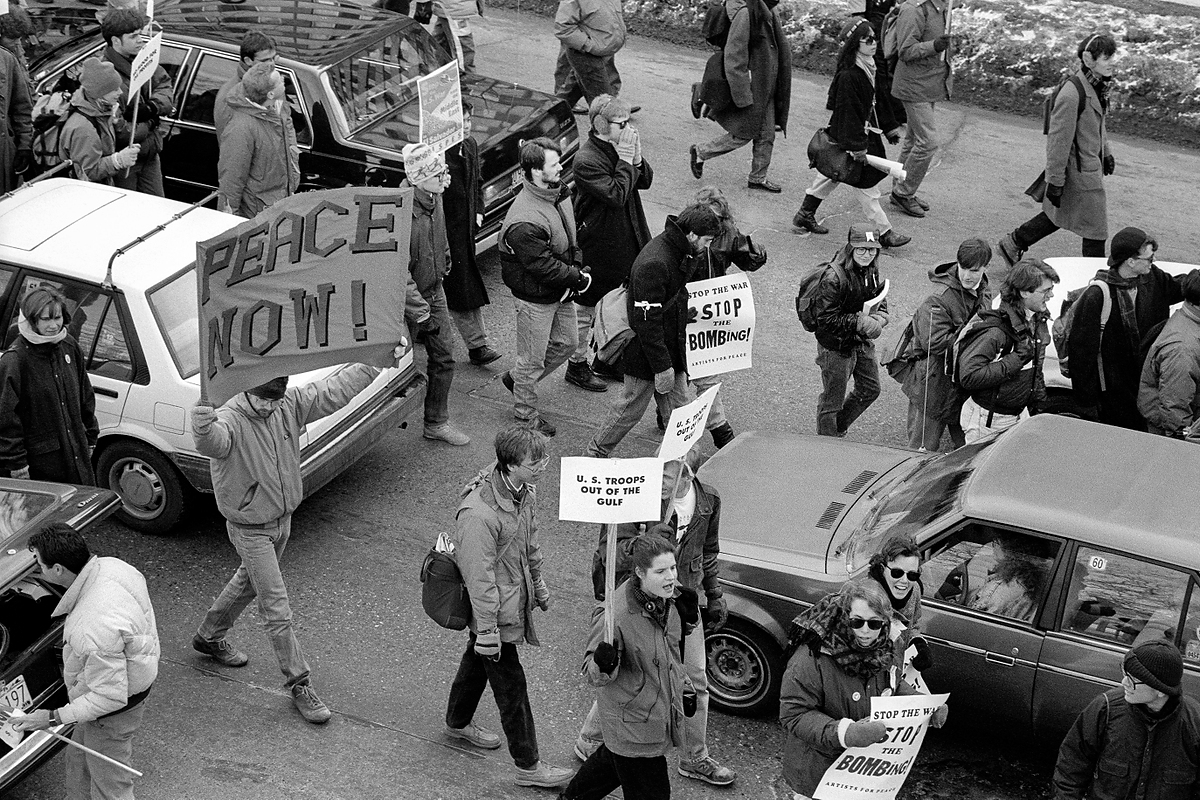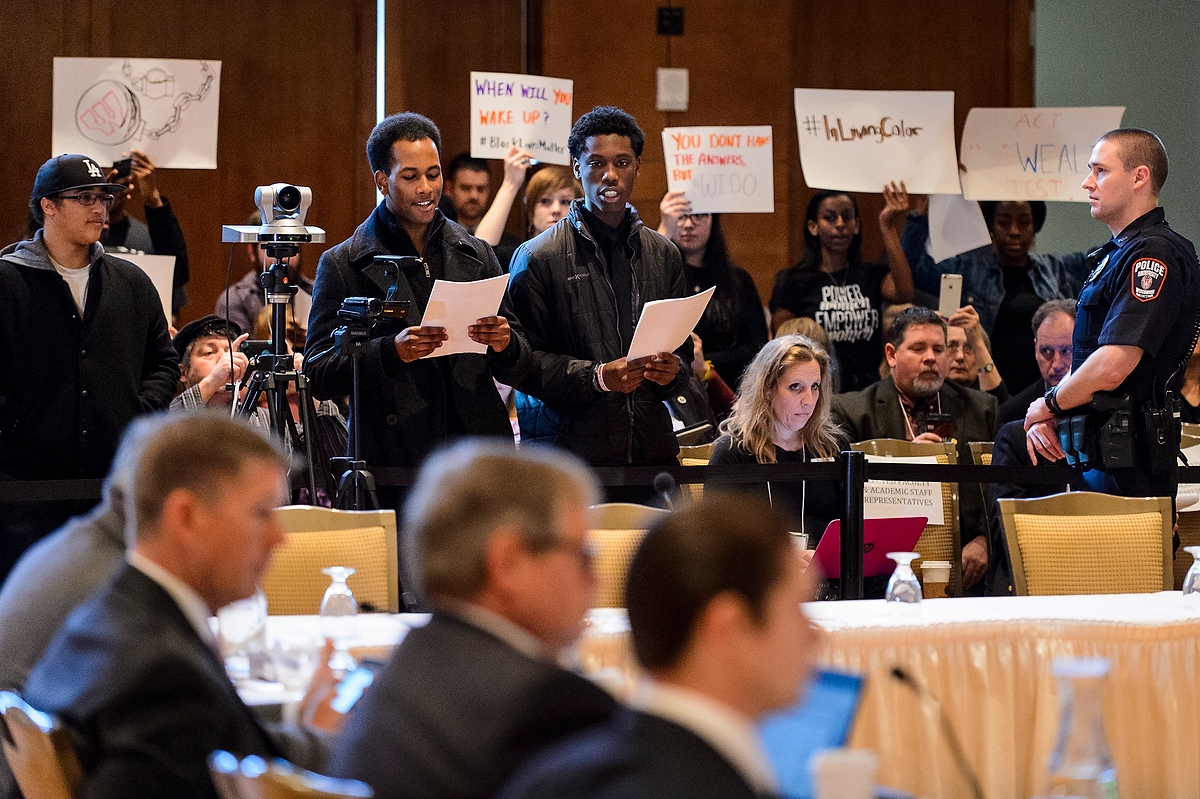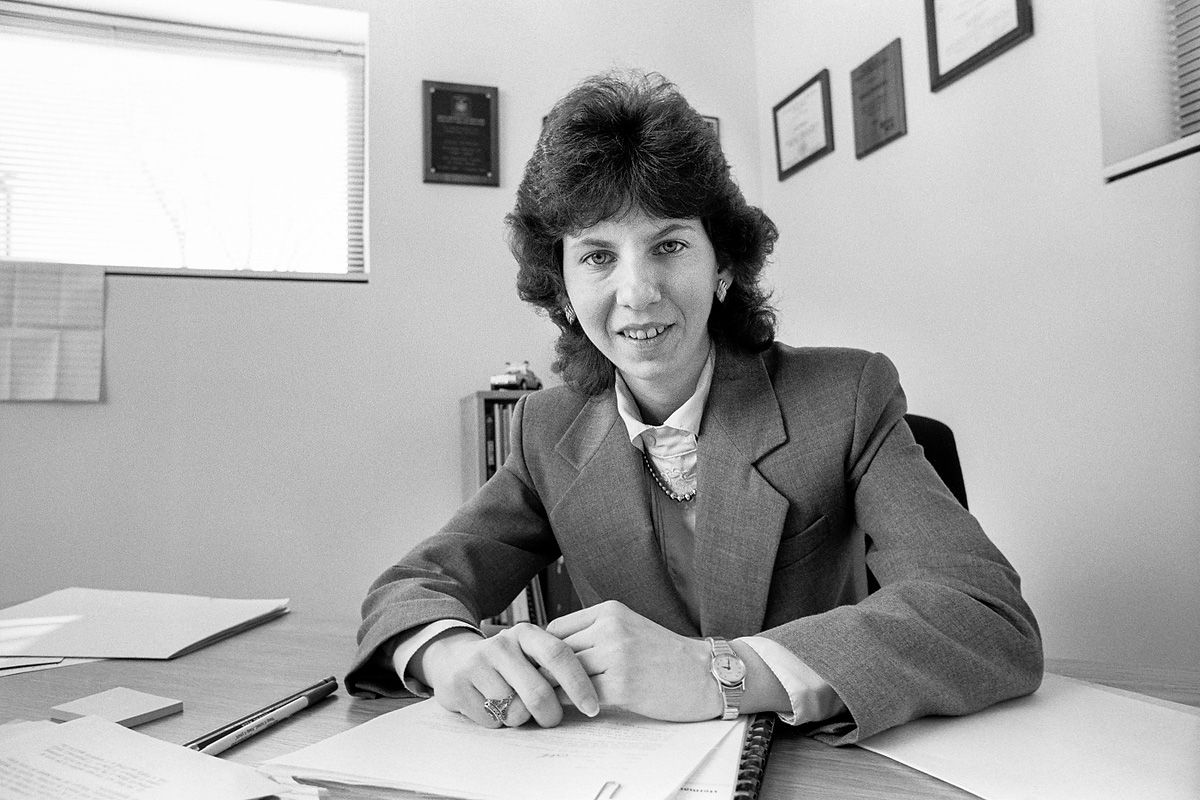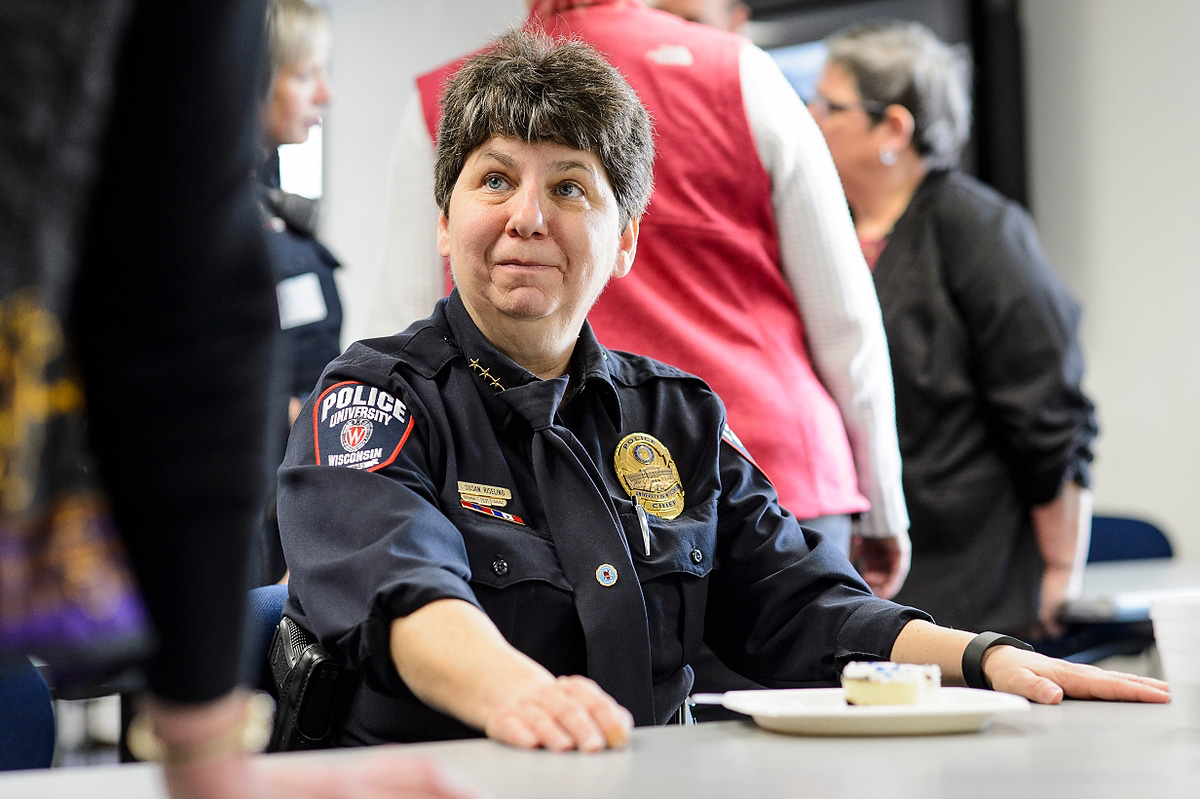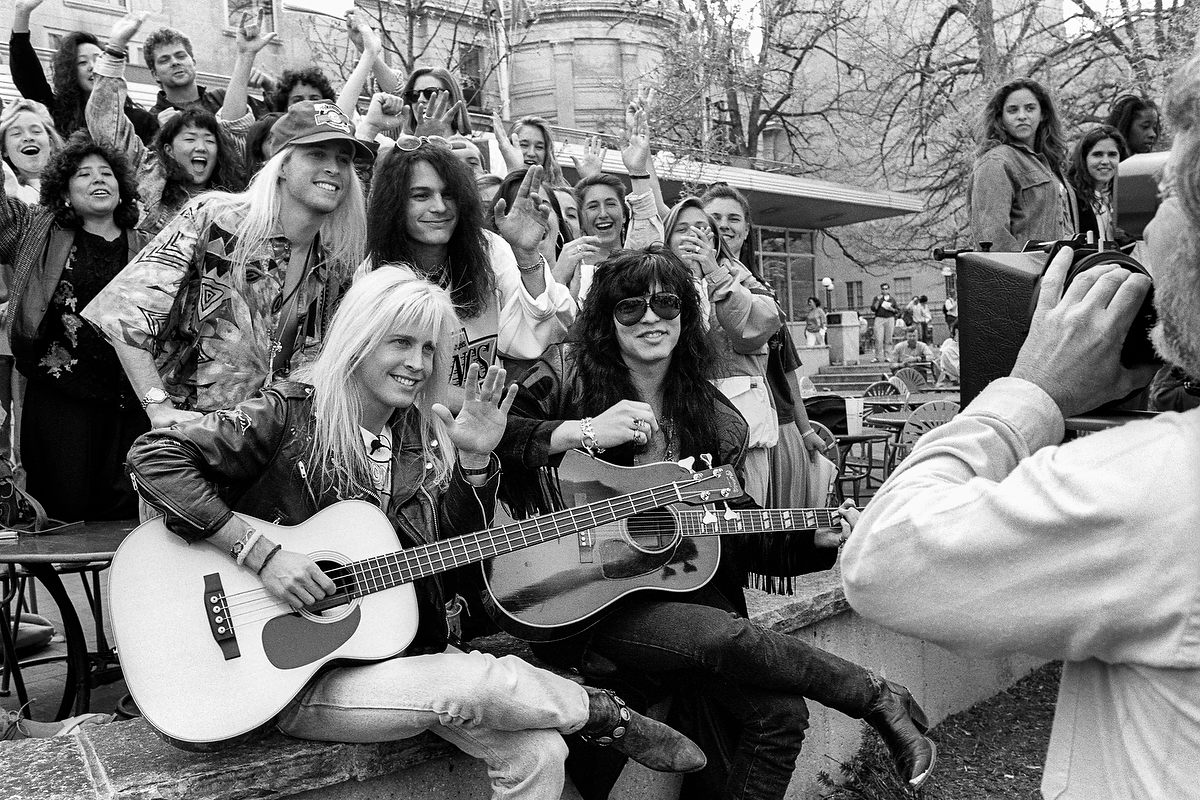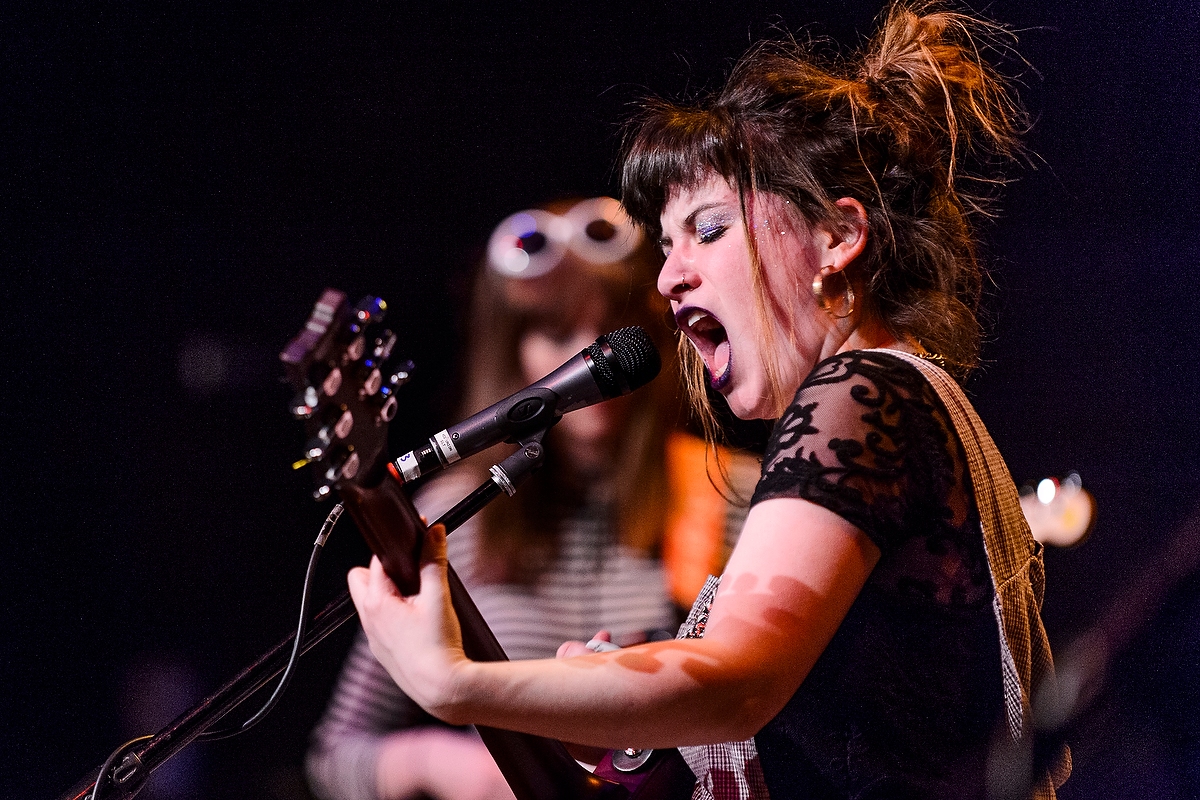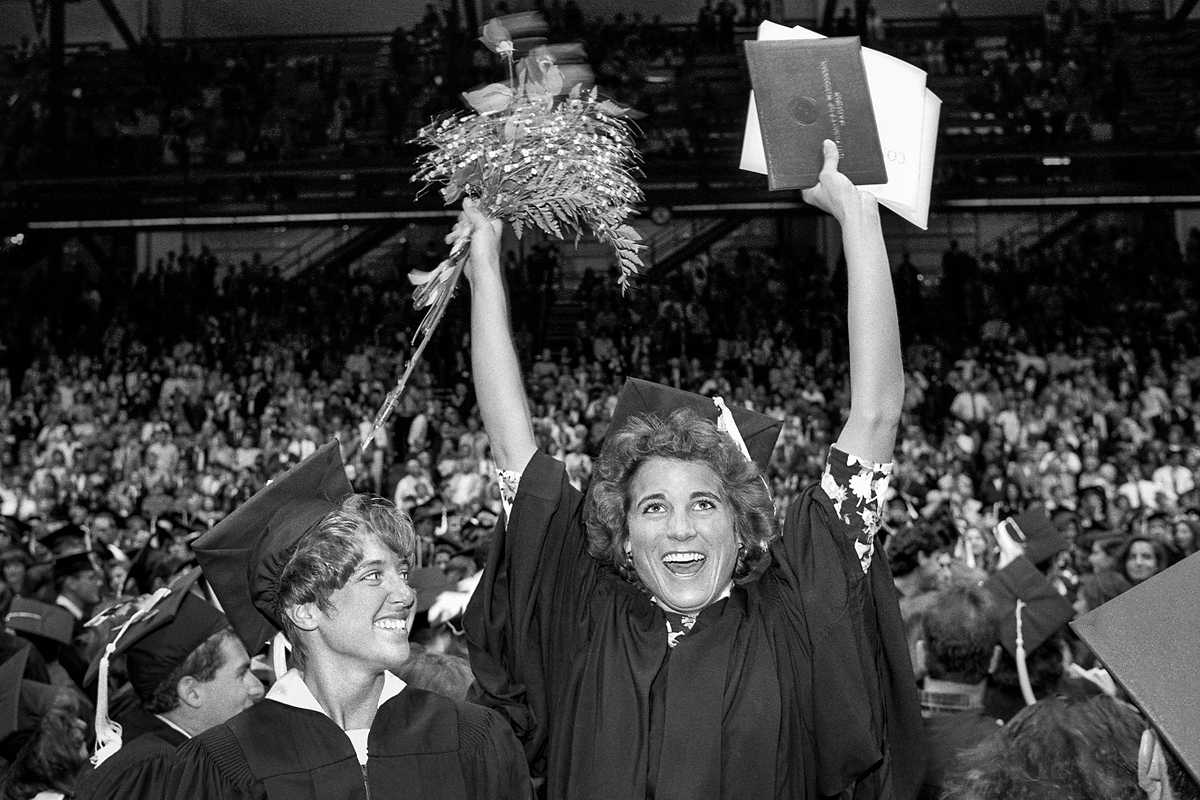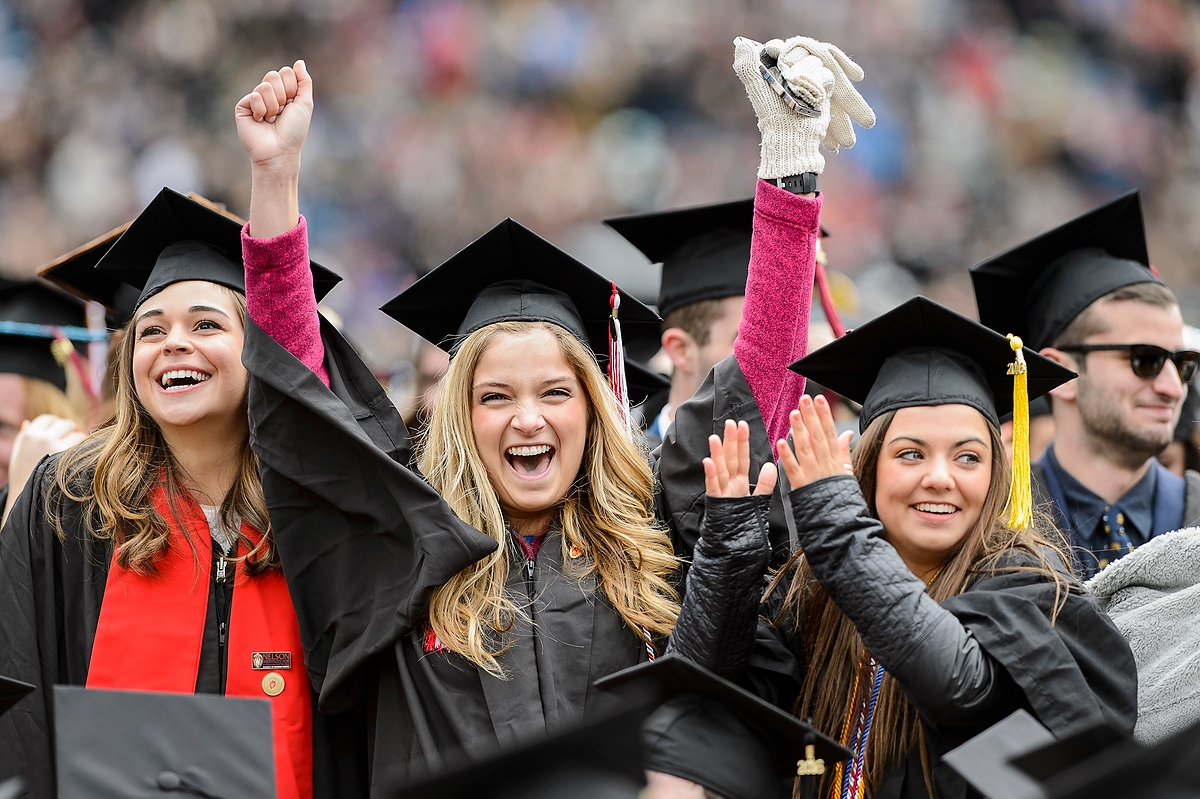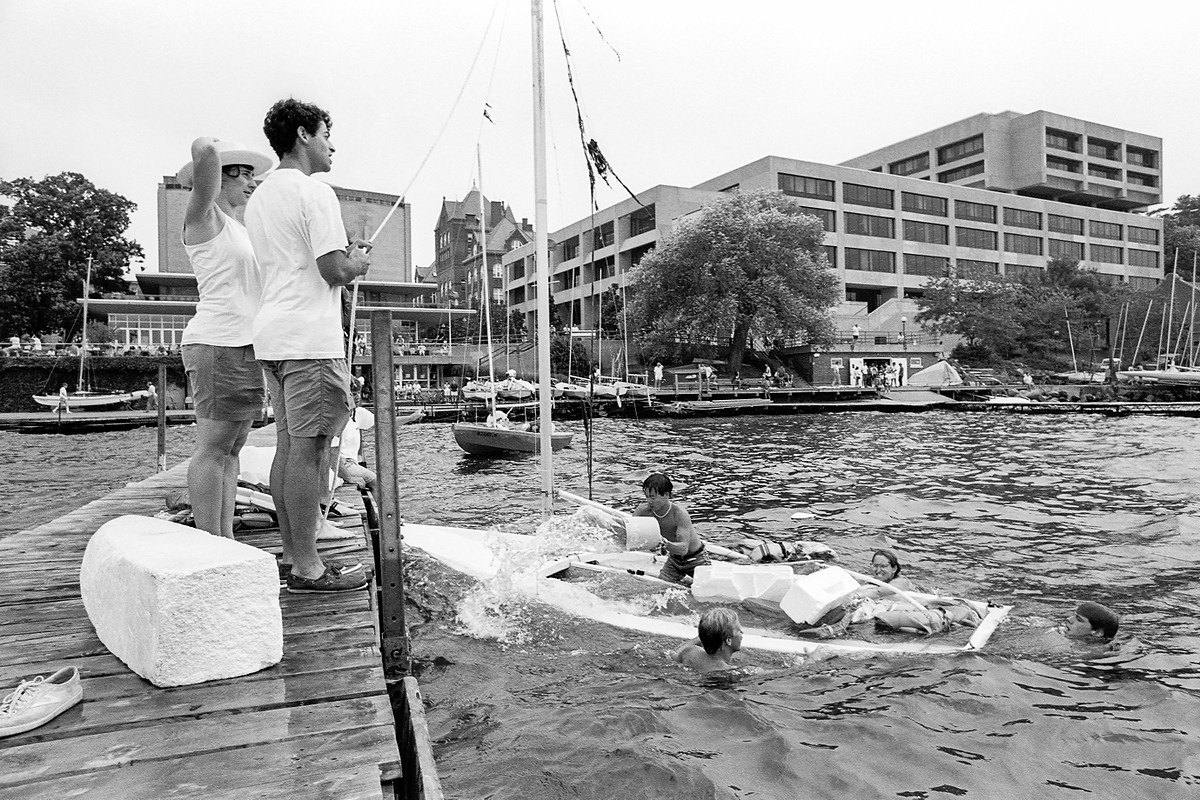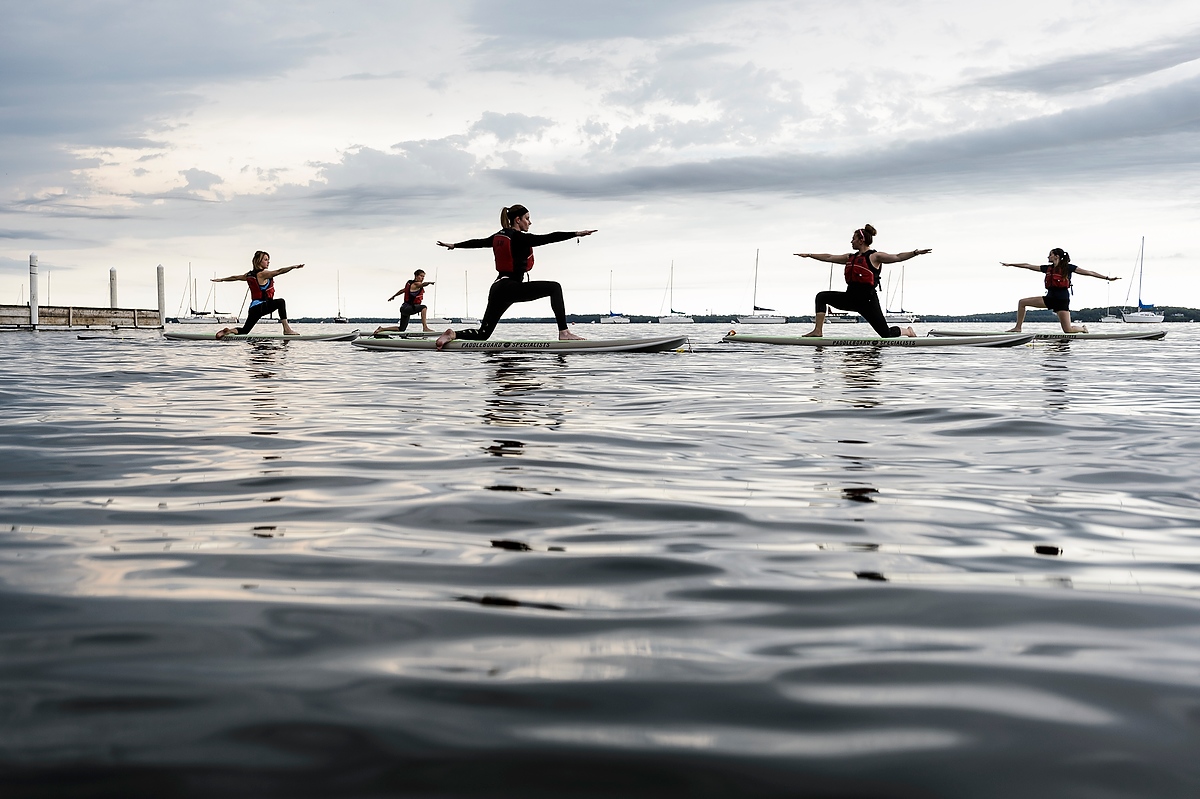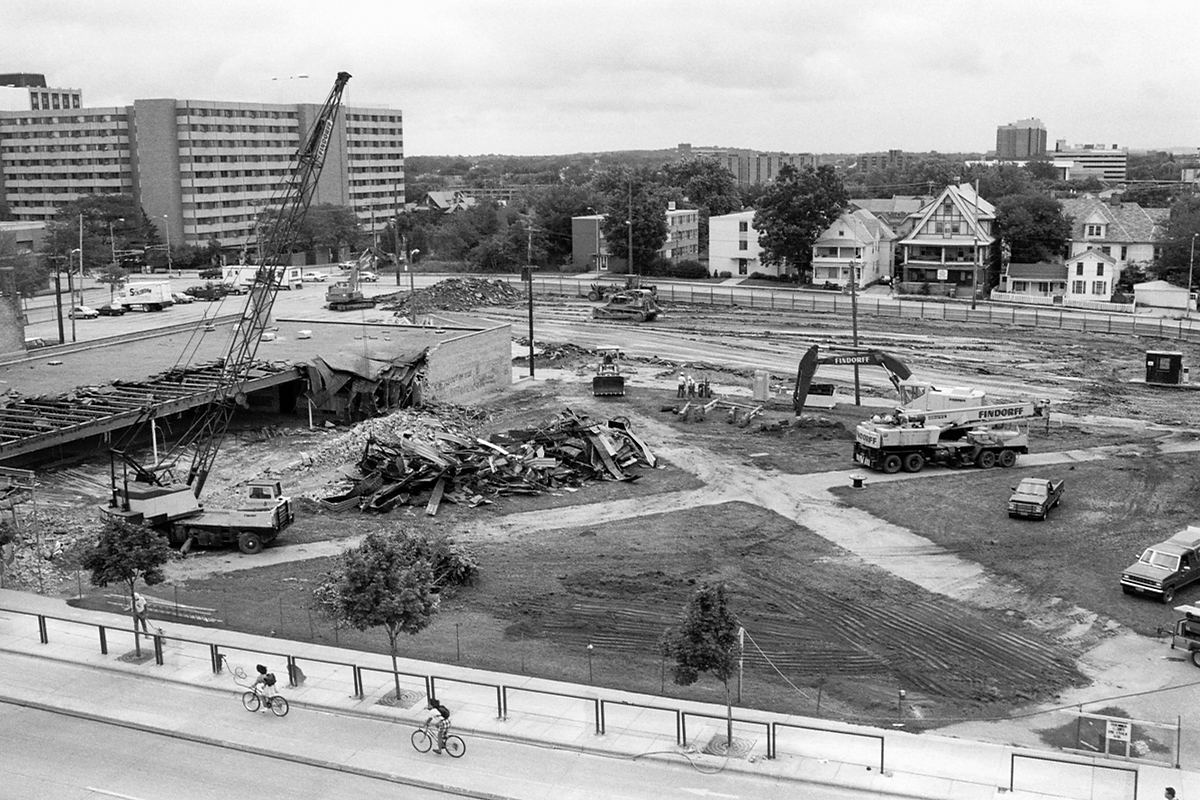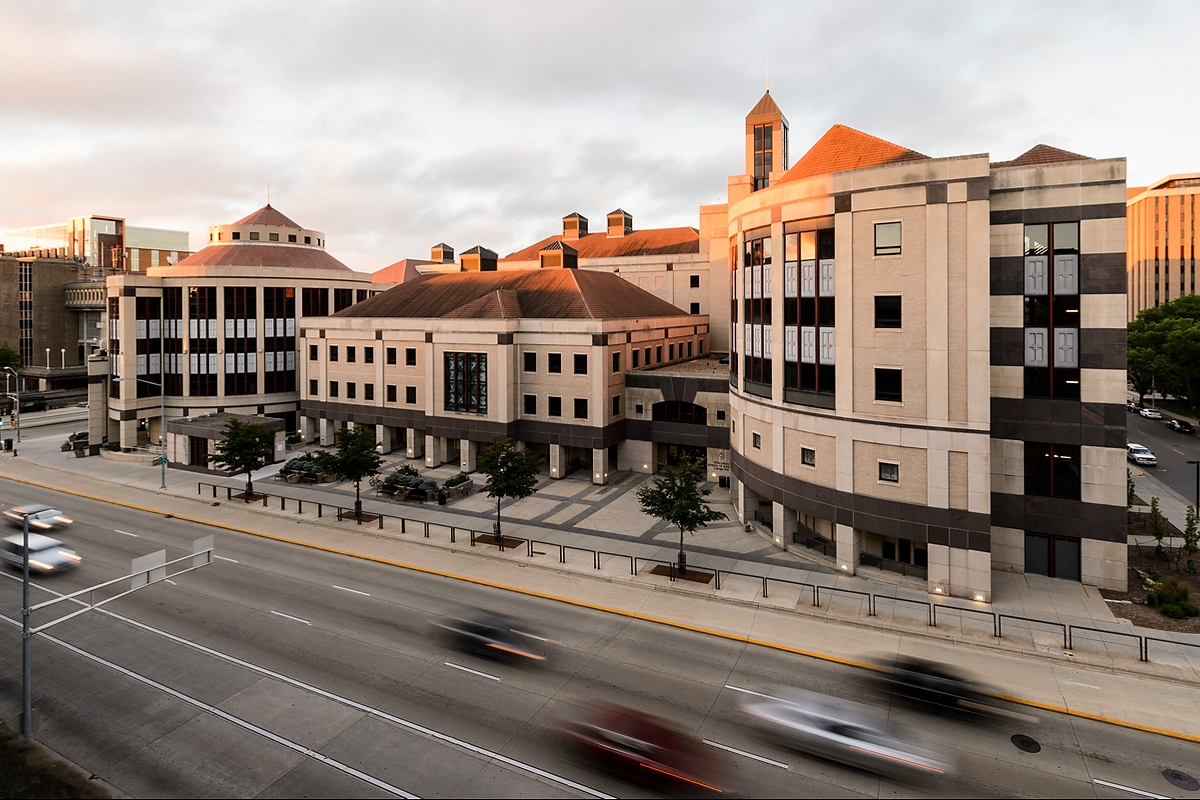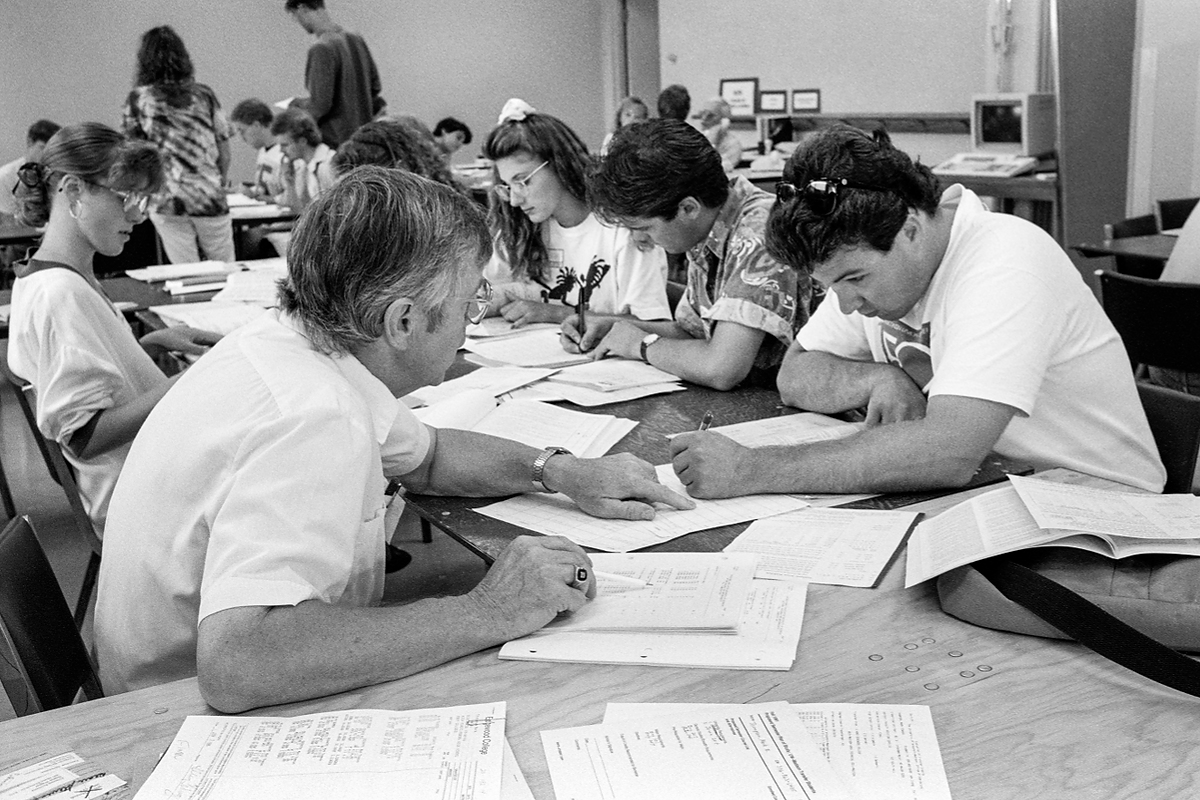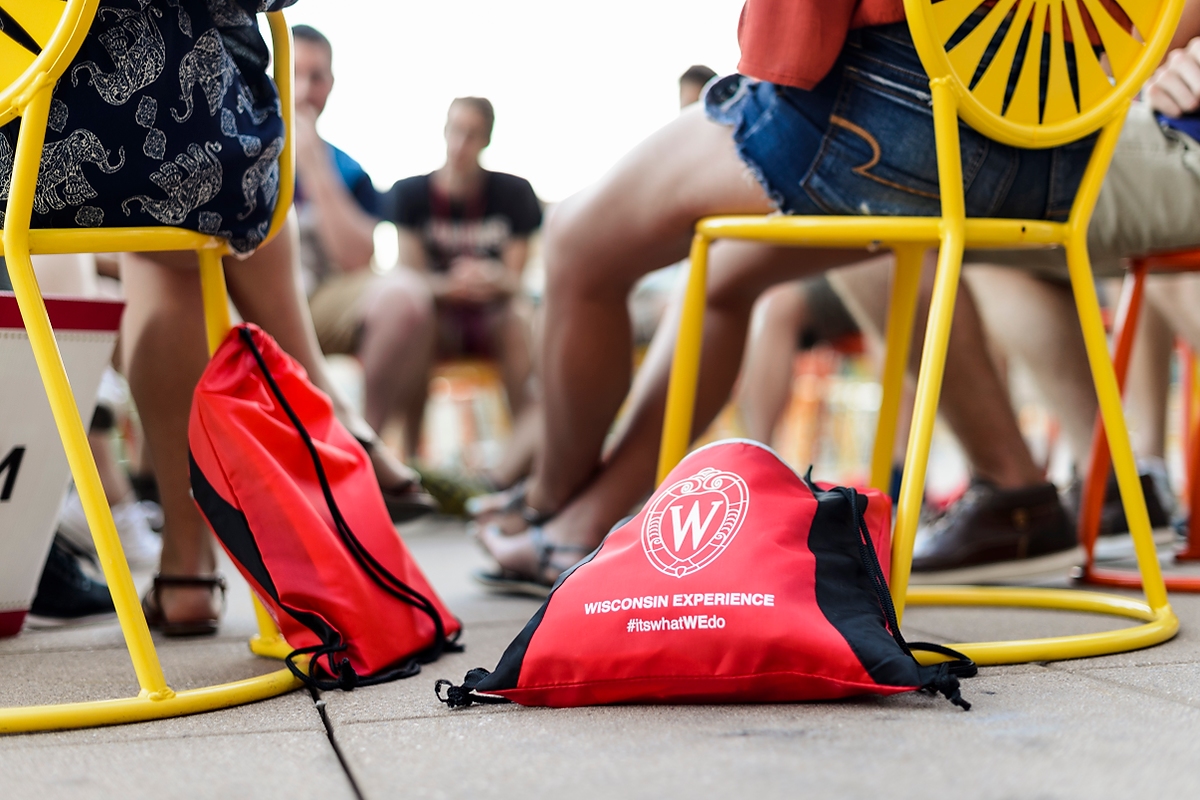August 1991 / August 2016 Are you ready?
Wow! Twenty-five years of adventure and counting!
In 1990, the university communications director took a chance and hired a 26-year-old me (a non-Badger!) as a university photographer. She advised me, "This is an absolutely awesome place to work. It's also a maddening place … and the feeling may change daily, if not hourly." She was so right!
Without a doubt, UW–Madison is a big, complex institution that can be a struggle for the meek. It's also full of opportunities — many of which I've embraced, occasionally stumbled through and sometimes failed to conquer. But I've always grown in ability and character as a result.
Looking back, I can't help but think of the generations of students who have encountered their own life-shaping experiences at UW–Madison. Many begin by attending a summer program known as Student Orientation, Advising, and Registration (SOAR).
During the summer of 1990, SOAR — still a relatively new program — helped incoming students get a feel for campus. The program emphasized working with an academic advisor to navigate course options and register — using touchtone phones — for classes. By the end of the experience, many students had made several personal connections and had their fall semester schedule in hand.
As the annual wave of more than 4,000 incoming students continues, so does SOAR. In-depth, personalized advising remains central. Students now can take a campus tour and stay overnight in a residence hall. Ever-expanding programming includes even more robust social opportunities and numerous sessions to candidly discuss themes such as academic success, extracurricular opportunities and resources, inclusion, interpersonal skills, and personal safety. There's even a parallel track for parents and guests.
Echoing the "Are you ready?” theme of SOAR 2016, I look forward to continuing the Wisconsin Experience with this next generation of Badgers.
On, Wisconsin!
